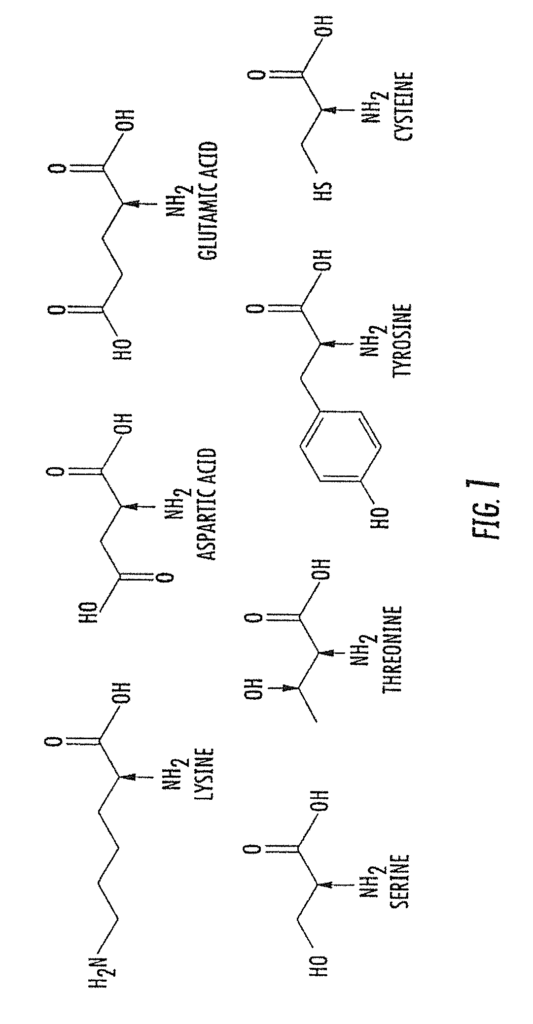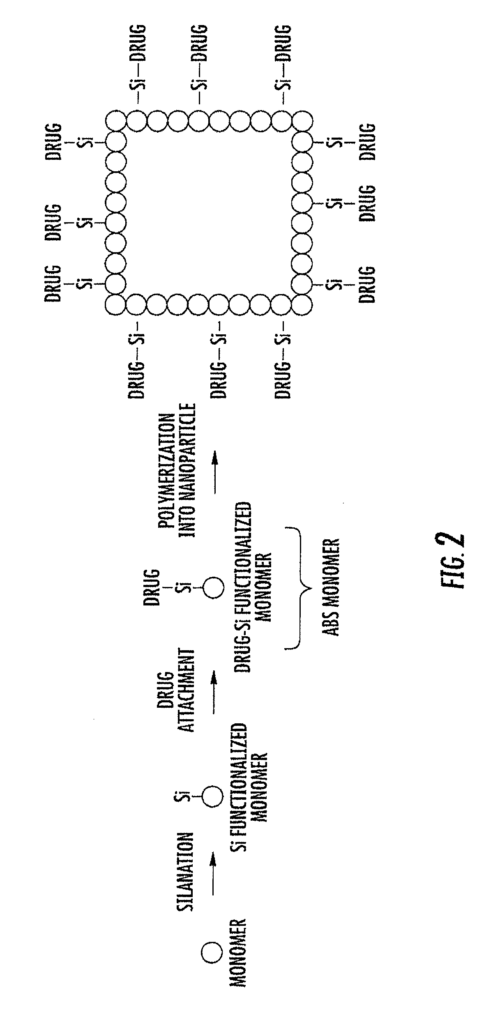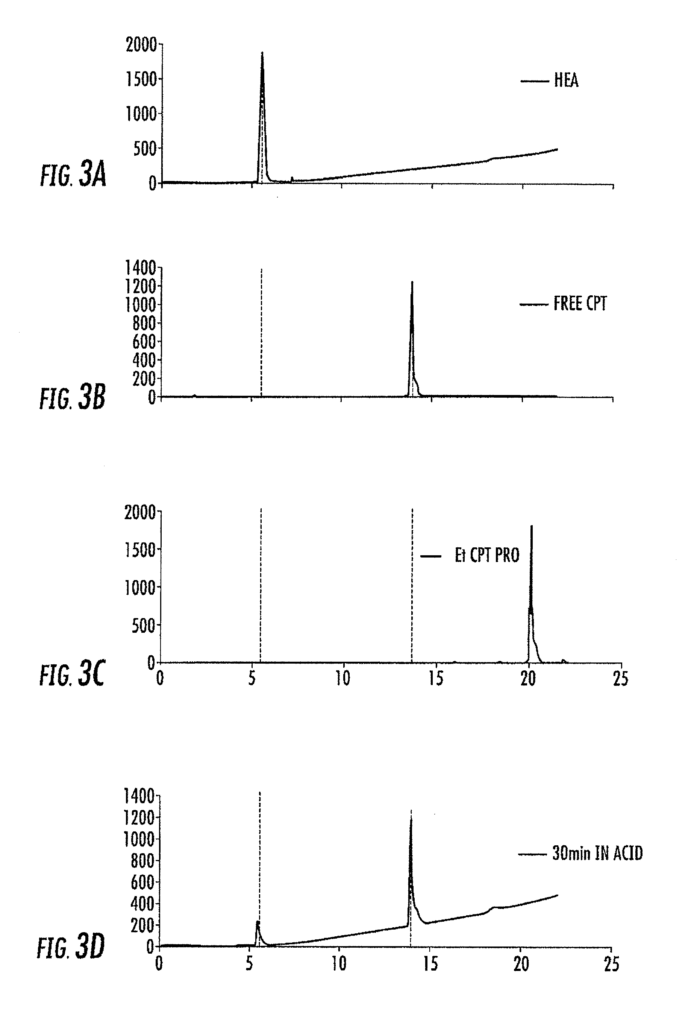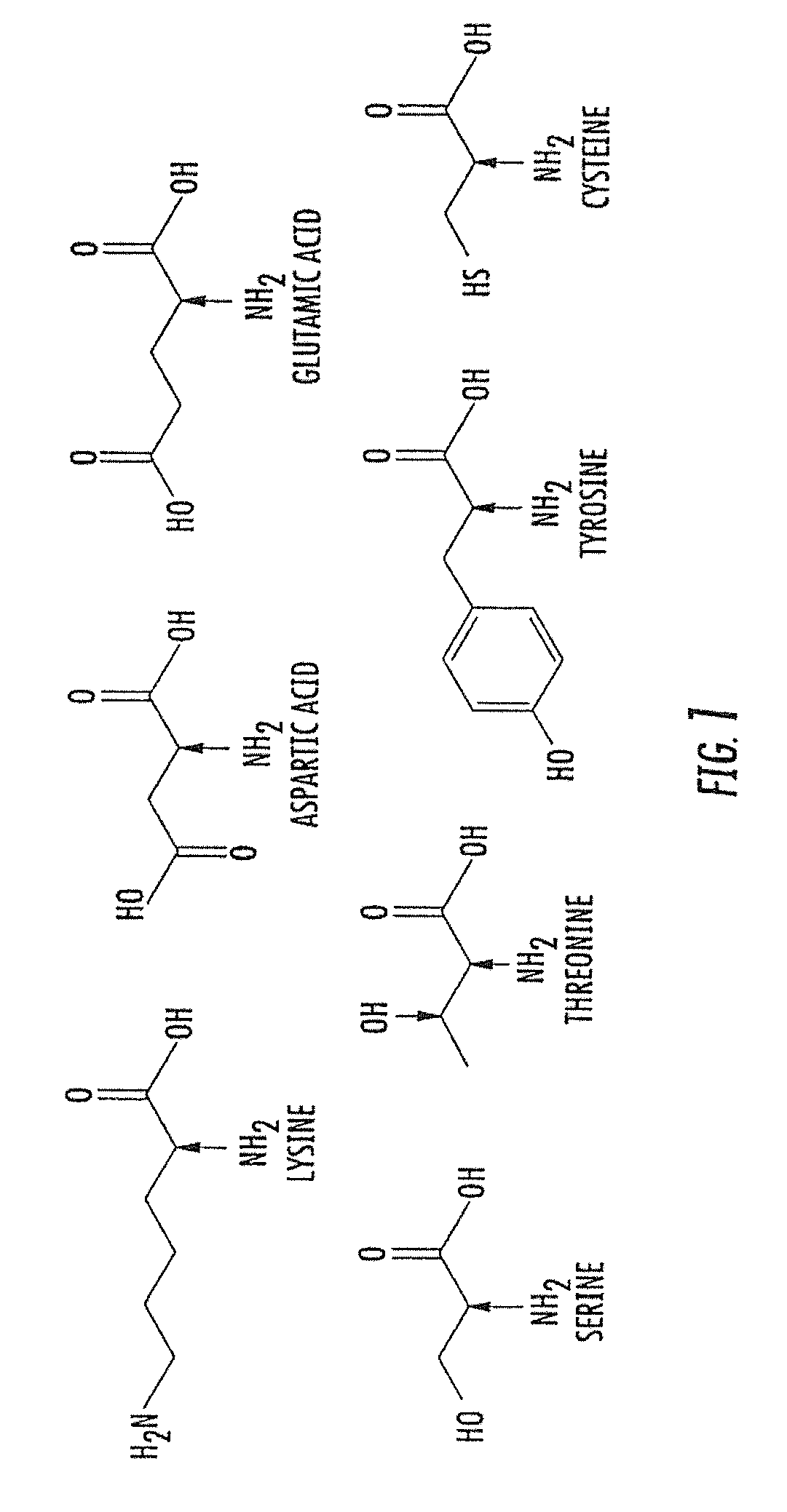Invented by Joseph M. DeSimone, Mathew Finniss, Mary Napier, Ashish Pandya, Matthew Parrott, University of North Carolina at Chapel Hill
Asymmetric bifunctional silyls and their particles have emerged as promising delivery vehicles and prodrugs for a wide range of chemical, biological, and medical applications. These compounds are characterized by their unique ability to selectively bind to specific targets, making them ideal for targeted drug delivery and imaging.
The market for asymmetric bifunctional silyls and their particles is expected to grow significantly in the coming years, driven by the increasing demand for more effective and targeted drug delivery systems. The use of these compounds in medical applications is particularly promising, as they offer a range of benefits over traditional drug delivery methods.
One of the key advantages of asymmetric bifunctional silyls and their particles is their ability to selectively target specific cells or tissues. This allows for more precise drug delivery, reducing the risk of side effects and improving overall treatment outcomes. Additionally, these compounds can be used to deliver a wide range of drugs, including small molecules, peptides, and nucleic acids.
Another advantage of asymmetric bifunctional silyls and their particles is their ability to improve drug stability and bioavailability. By encapsulating drugs within these particles, they can be protected from degradation and eliminated more slowly from the body, increasing their effectiveness and reducing the need for frequent dosing.
The market for asymmetric bifunctional silyls and their particles is also being driven by the increasing demand for imaging agents. These compounds can be used to label cells or tissues for imaging, allowing for more accurate diagnosis and monitoring of disease progression.
In addition to medical applications, asymmetric bifunctional silyls and their particles are also finding use in a range of other industries, including cosmetics, agriculture, and environmental remediation. These compounds can be used to deliver active ingredients in cosmetic products, improve nutrient uptake in plants, and remove pollutants from soil and water.
Overall, the market for asymmetric bifunctional silyls and their particles is expected to continue to grow in the coming years, driven by the increasing demand for more effective and targeted drug delivery systems. As research in this area continues to advance, we can expect to see even more innovative applications for these compounds in the future.

The University of North Carolina at Chapel Hill invention works as follows
The ABS monomers are described as asymmetric bifunctional monomers that contain covalently bound pharmaceutical, chemical and biologic agents. The silyl group can be used to covalently bind these agents to delivery vehicles to deliver them to the desired targets. Delivery vehicles containing ABS monomers containing covalently bound agents are also described, as are vehicles covalently attached to the ABS monomers. The silyl modification described herein can change properties of agents and vehicles to provide desired solubility and stability, hydrophobicity, and targeting.

Background for The use of asymmetric bifunctional silyls and their particles as delivery vehicles and prodrugs for chemical, biological and pharmaceutical agents
Drug-delivery technology has been used extensively to deliver agents to targeted targets for many, many years. Liposomes, nanoparticles or microparticles are used in drug delivery technologies. Hydrophobic and hydrophilic substances can be trapped in the hydrophobic compartment or encapsulated within the aqueous compartment. Liposomes are made from natural components, so the liposome’s membrane is identical to that of the natural cell membrane. When used to deliver drugs, liposomes have been found to be compatible with the body.
The cellular transport of different therapeutic compounds such as chemotherapeutics is often compromised by two limitations. The selectivity of many therapeutic agents can be low, leading to high toxicity in normal tissues. The complex membrane systems in cells severely restrict the movement of many compounds within living cells. Specific transporters permit the selective entry or regulatory molecules while excluding many exogenous molecules like nucleic acid and proteins.
The existing delivery vehicles and compositions do not address the problems adequately. “The presently disclosed subject material addresses, in full or in part these and other needs of the art.
The description of “Asymmetric Bifunctional Silyl (ABS), monomers that contain pharmaceutical, chemical and biologic agents is given. These agents can also be covalently bonded via the Si atom. For example, with a linkage of silyl-ether. Monomers can be covalently linked via the Si-atom to delivery vehicles such as particles to deliver the agents to the desired targets or areas. Delivery vehicles are also described that contain an agent with a silyl-ether linkage, and vehicles covalently bound to the agent. The (ABS), modified agents described in this document provide modified properties to the agents and vehicle, providing desired solubility and stability, hydrophobicity, and targeting.
The subject matter disclosed herein will be described in greater detail. The foregoing description will provide a wealth of information to those who are familiar with the subject matter. It is important to note that the subject matter disclosed herein is not limited to the embodiments described and that other modifications and embodiments will be included in the scope of the claims.
The tailorable ABS prodrugs, particles, and monomers described herein are effective in modifying a parent drug to modify a particle such as molded ones for targeted delivery of cargo or drugs. The ABS compositions disclosed herein include the following advantages: One-pot synthesis for ABS pro-drugs and monomers; Wide ranges of biocompatibility, release of parent drug and stability in physiological conditions to the desired target. Higher drug loading than conventional silyl-linked drugs. Targeted degradation under certain acidic condition.
The agents and delivery vehicles disclosed herein have desirable properties. The properties are obtained by covalently attaching a silyl moiety via covalent bonds to either the agent or vehicle, or both.
In embodiments, this subject matter is directed towards a functionalized monomer drug delivery system that contains an ABS prodrug with a formula.
wherein R1? “wherein R1? Separately, R1 and R2? The R1? “A C1-4 alkyl can be selected independently;
wherein M represents a residue from one of the following: a hydrogel; 2-Hydroxyethyl acrylicate; 2-Hydroxyethyl Methacrylate; vinyl pyrrolidone; acrylic acid or poly(ethylene oxide monomers); vinyl alcohol, a amino acid or polysaccharide, a vinyl alcohol, or a mixture of these monomers and ethylene oxide.

wherein Xa is selected independently from a group of O, NH and S and a carboxyl
wherein R3? “wherein R3?
In preferred monomers at least one of the Xa and/or Xb is O. “More preferably, both Xa and each Xb is O.
The ABS monomers described in this document can be used to produce polymers that contain any number of ABS monomer units. Each monomer component, i.e. the specific values for M, X, and R variables, can be selected independently from other monomers’ components. The variables M, X and R can be selected independently from other monomers’ components. The ABS monomer component M, for example, can be chosen from M1,M1,M3,M4 and so forth. The second ABS monomer component M may be identical or different to the first monomer component M. Similarly, X? Variables can be selected independently for each monomer. Monomer units with high tunable properties are the result. The units can then be used to create polymers that are uniquely tunable by selecting the monomers for the polymer. This method is superior to other methods of polymer preparation because the polymer can contain different cargos (e.g. The polymer can be designed to release drugs at different rates. The amount of cargo that can be added to the polymer is much higher with the current method, up to approximately 50 wt. %.
The present subject matter refers to “in embodiments” one or more molded particles that include ABS pro-drugs, ABS monomers and/or ABS-pro-drugs. The particles can be composed of different ABS monomers with the covalently-attached drug/cargo. The monomers can be tunable as described in the present invention. Preparing the particles using ABS monomers allows for the incorporation of many different monomers and cargos into a single particle. The particles are therefore highly adjustable and novel. In fact, cargo is measured as a ratio of weight. The present particles are superior. The ABS monomers are crosslinked to form the present particles. The methods of preparing the particles are described in US2009/0028910, US2009/0061152, WO2007/024323, US2009/0220789 US2007/0264481 US2010/0028994 US2010/0196277 WO2008/106503 US2010/0151031 WO2008/100304 WO2009/041652 PCT/US2010/041797 US2008/0181958 WO2009/111588 WO2009/132206. Each
Preferably the particles will contain a cargo such as ABS pro-drugs, with a ratio between about 0.1 mg drug and about 1 mg particle. Particles containing a cargo such as ABS pro-drug and weighing up to 1 wt are also preferred. From about 50% to %. % of a particle; starting at about 1 wt. % up to 40 wt. % of the particles; starting at about 2 wt. % up to 20 wt. % of a particle; starting at about 3 wt. % up to 50 wt. Approximately 4 wt. % up to 50 wt. % of a particle; starting at about 5 wt. % up to 50 wt. % of the particles; starting at about 5 wt. % up to 25 wt. % of the particles; starting at about 5 wt. From about 5 wt. From about 5 wt. From about 5 wt. “% of the particle.
The particles are molded in a way that the molded particles have a three-dimensional form substantially similar to the mold shape, and the largest dimension is less than 50 micrometers. In other embodiments, it is preferred that the particles be molded with a three-dimensional form substantially similar to the mold shape. The size of the broadest dimension should also be less than 5 micrometers. The molded particles are preferably smaller than 200 nanometers in the first dimension and larger than 200 nanometers in the second dimension.
In one embodiment, a particle is formed from two or more bifunctional asymmetric silyl monomers with a formula.
In each monomer R1? In each monomer, R1? Both R1? “A C1-4 alkyl can be selected independently.
Click here to view the patent on Google Patents.

Leave a Reply